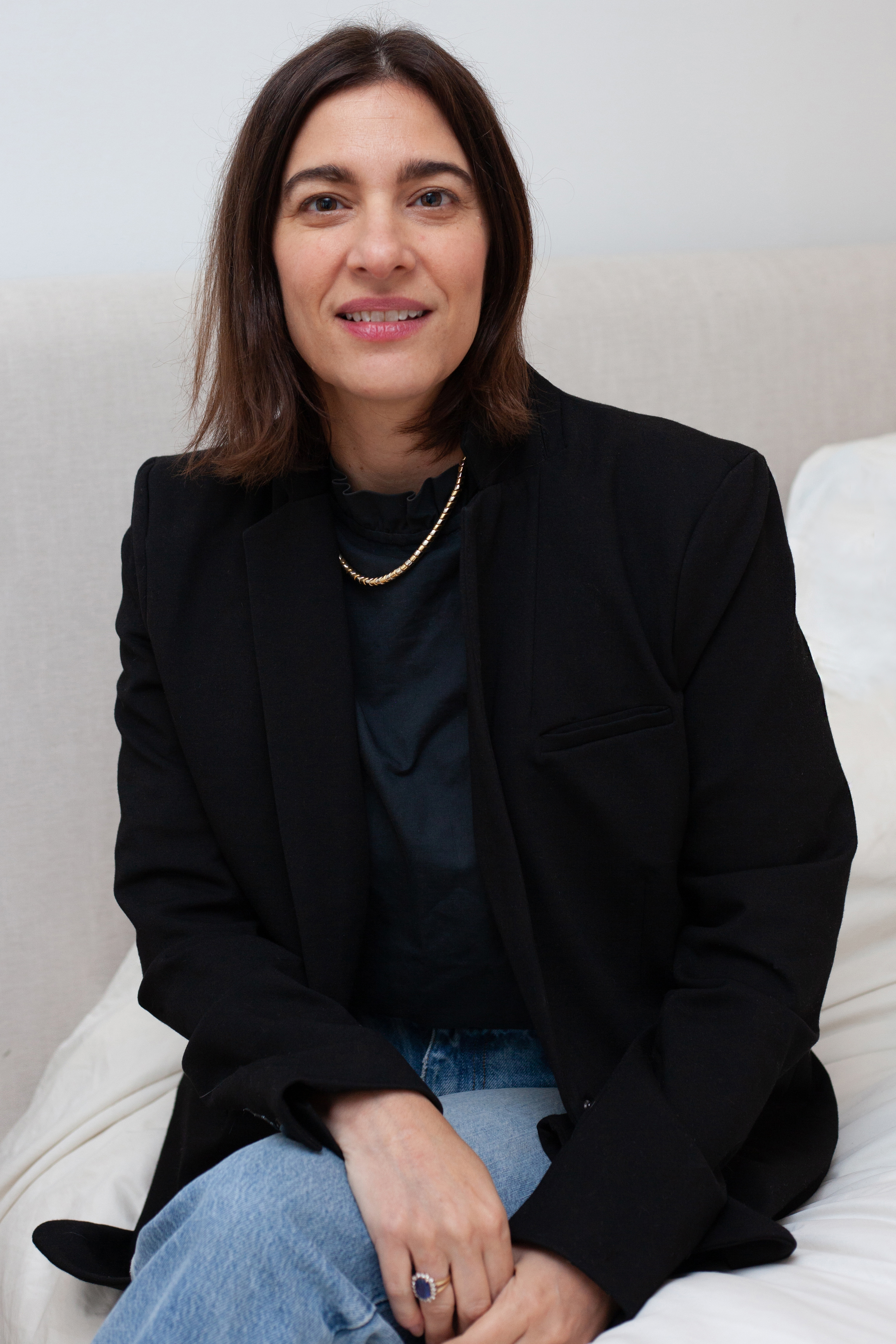
With Frieze Los Angeles returning this week after a two-year hiatus and a newly appointed director, Christine Messineo, there were bound to be some changes afoot.
Perhaps most noticeably, the third edition of the fair will leave behind its previous home at Hollywood’s Paramount Studios for a new space in Beverly Hills designed by architect Kulapat Yantrasast. It will welcome more than 100 exhibitors, around 30 more than the last edition.
“I come from the gallery side, so some of my experience lends itself to how I viewed and continue to view Frieze,” said Messineo, who previously worked at Hannah Hoffman Gallery in Los Angeles and Bortolami Gallery in New York. “I really see it as a fair for discovery. It tackles both young, emerging voices alongside the blue-chip galleries in a way that I don’t see happening quite as distinctly in other places.”
Among Messineo’s top priorities was fostering more partnerships between the fair and artists and curators. To start, artist Tanya Aguiñiga organized “BIPOC Exchange,” a special section at Frieze L.A. that will highlight 10 artist-led social impact initiatives from the area.
“It’s indicative of some of the creative collaborations I want to highlight for future fairs as well, that are looking at some of the smaller not-for-profit organizations that play a crucial role in the functioning of the arts community,” said Messineo, who as Frieze’s Americas director will also head up its New York fair.
A history of frogs, bug-egg-eye-ear (2021) in the “Focus” section. Photo by Chase Biado.
Lucas Museum curator Amanda Hunt has also been brought on board to curate the fair’s Focus section for galleries that have been open for 12 or fewer years.
“There is a real effort to have that academic or curatorial side be part of Frieze, and we make real efforts to invite curators who aren’t necessarily just the chief curators at well-known established institutions, but we invite people who are looking at the emerging platforms to make sure that our younger galleries also get that kind of support,” Messineo said. “I know from experience having presented at Frieze that these conversations result in exhibits for younger artists.”
Messineo is also using Frieze’s nascent membership program to target emerging collectors, “people who are interested in or invested in the art world and who visit museums but maybe have no access points,” she said. (A breakdown of the many tiers of membership rates, which run as high as $3,600 annually, can be found here.)
But the ongoing effects of the pandemic have also forced some less welcome changes for the fair. Frieze Sculpture, planned for Beverly Gardens Park, will not take place this year due to delays in shipping and labor shortages. When making the announcement, organizers said they didn’t have enough work on hand to realize a full-scale public sculpture installation.
Instead, some of the works will be incorporated into the fair itself, including a major Chris Burden sculpture, Folly, at Gagosian, a work by Alma Allen at Blum and Poe, and a large sculpture by Woody De Othello, installed between the Beverly Hills Hilton and the fair’s entrance.
Messineo added that L.A. has a strong, supportive arts community that is bolstered by art fairs and other events where “we come together.”